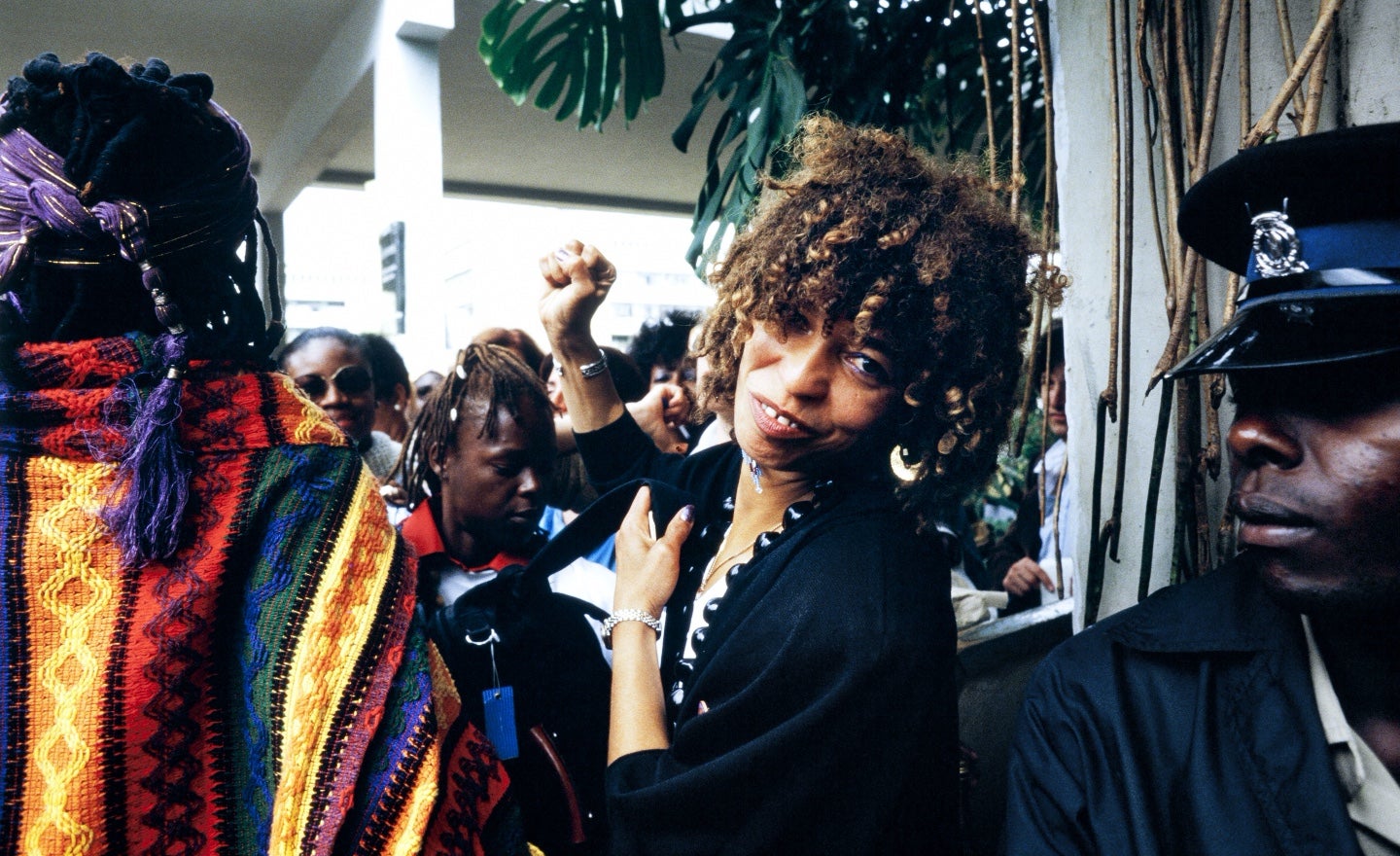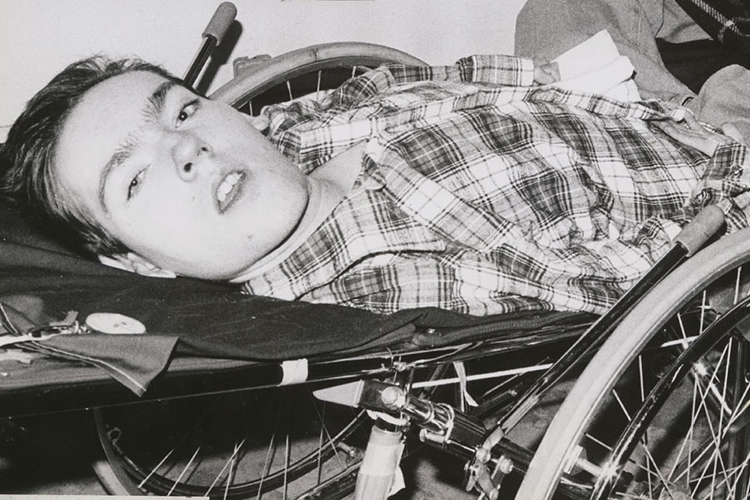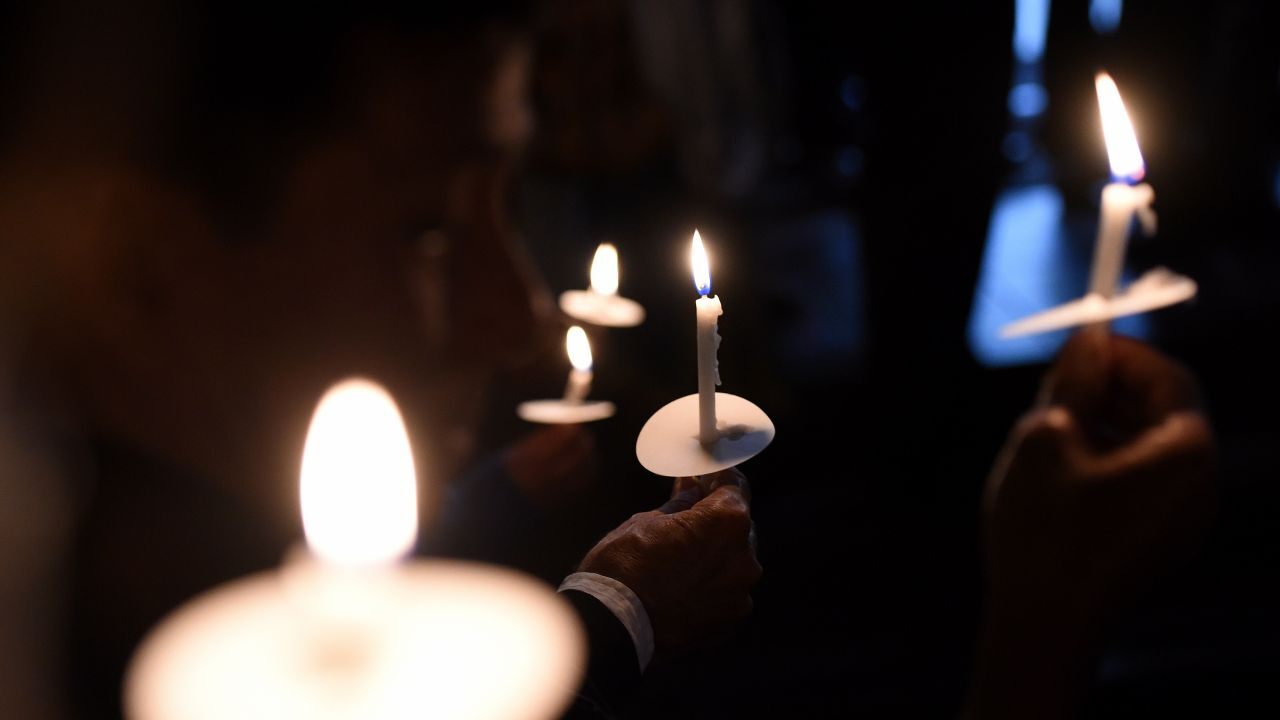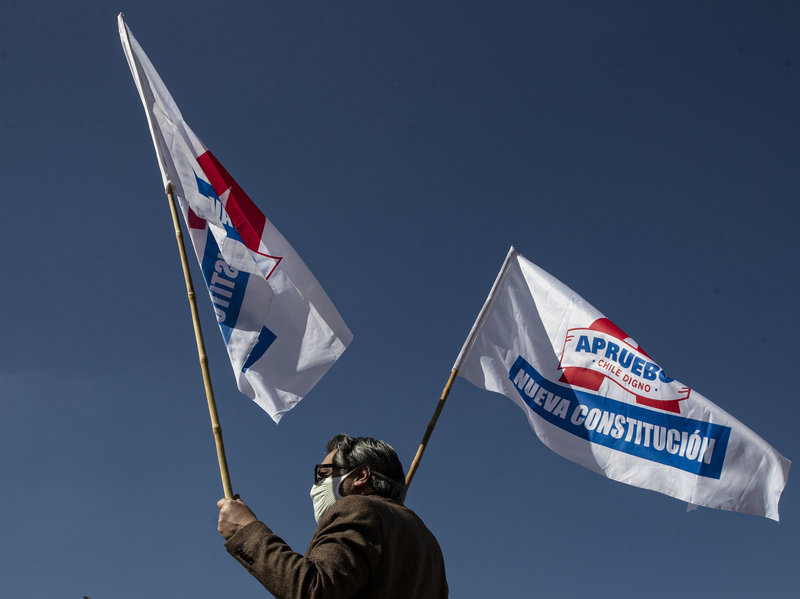ON THE NIGHT of July 5, 1954, the rural town of Hillsboro, Ohio, was jolted awake by a fire at the school set aside for black children, a status put in question by the Brown v. Board of Education decision two months prior. The fire sparked a protest, led by Imogene Curtis, who rallied her community, wrote letters to the black press, organized a local NAACP, and contacted the Dayton chapter for support.
The movement grew, and in defiance of white authority, 18 mothers and their 36 children marched on the streets between 1954 and 1956 to end school segregation in Hillsboro. At a time when separation of the races, in the words of the school superintendent, “represented the spirit of the community,” the women had a potent weapon — the US Constitution and the lawyer Constance Baker Motley, who represented their legal case in the Court of Appeals in Cincinnati.
The decision in Clemons v. Board of Education of Hillsboro (1956) was the first test case for the Brown decision in the North, a victory for the mothers, and an affirmation of equal protection, without delay. I grew up in Hillsboro. On June 6, 2020, Eleanor Curtis Cumberland […]


Add a comment






